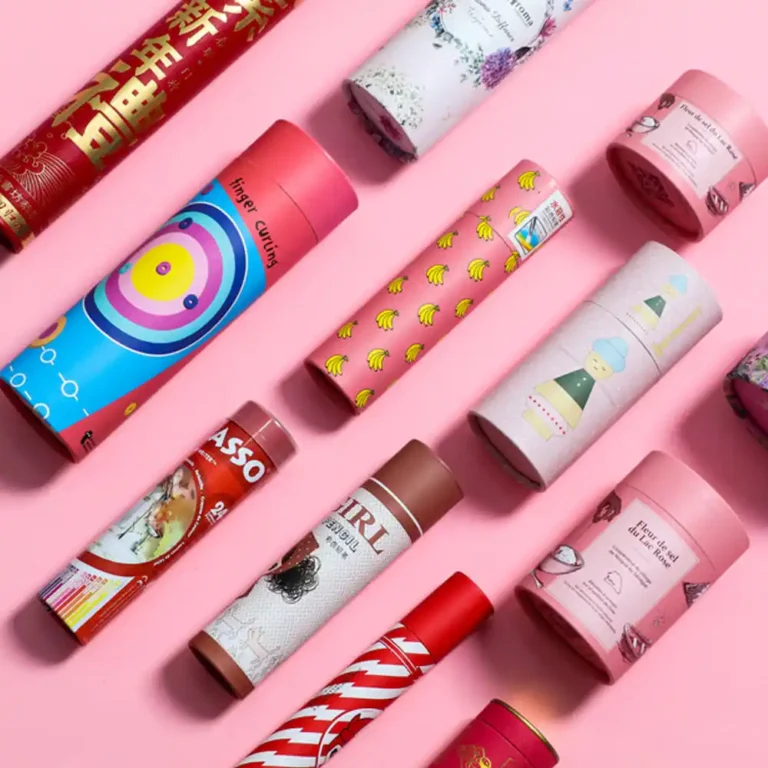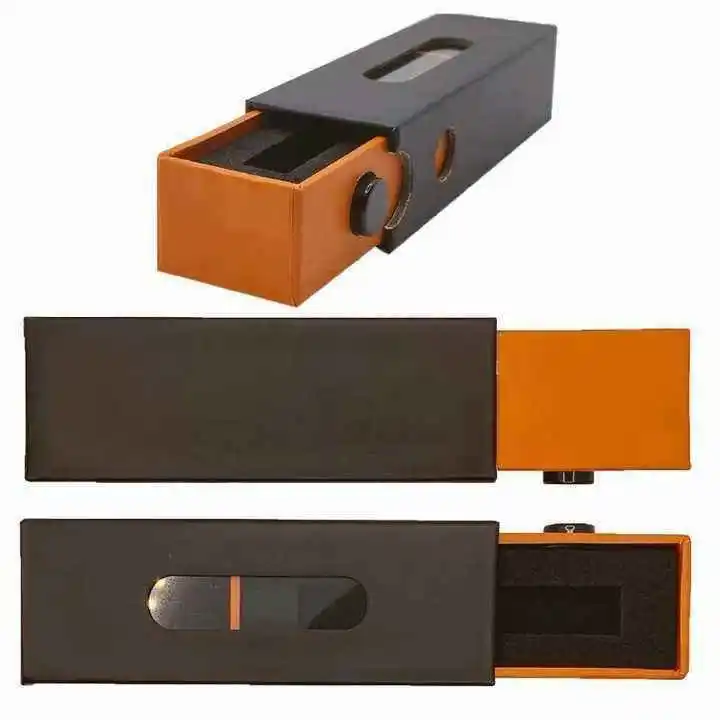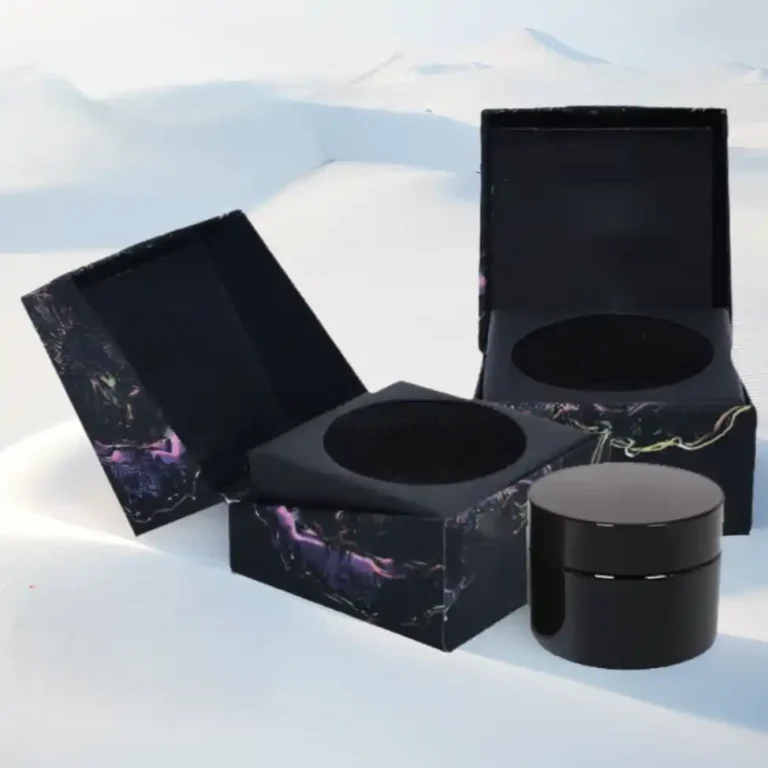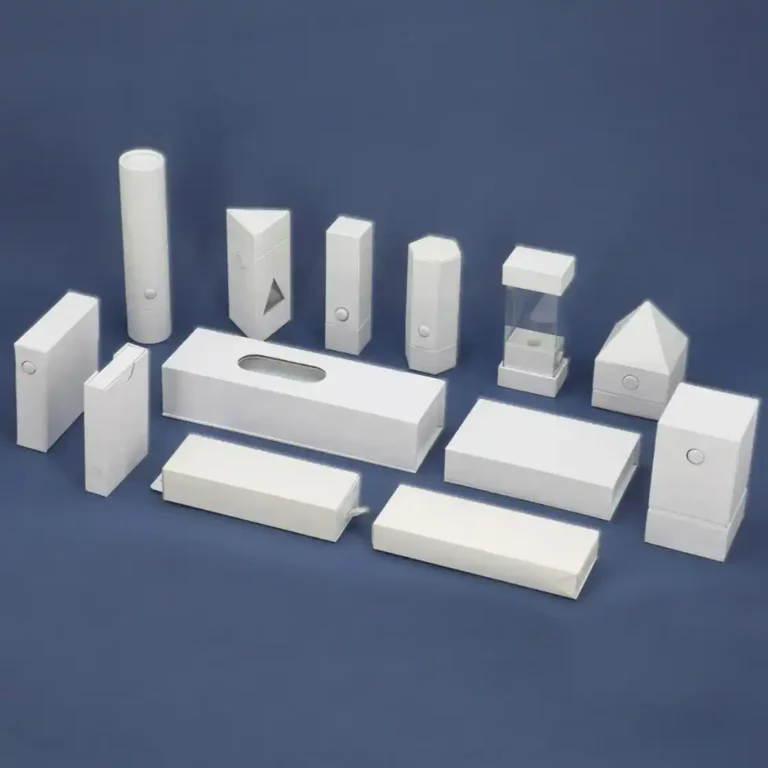Folding And Bonding: Six Core Technologies And Future Trends That Give Packaging Vitality
Abstract
Packaging comes alive when sheets of paperboard and layers of adhesive decide to work as one. In that split second on the line—when a fold lands exactly where the crease wants it and the bond sets with quiet confidence—brands win or lose. This article unpacks six core technologies behind that moment of truth and maps the trends reshaping quality, speed, sustainability, and user trust across modern packaging operations.
Table of Contents
1. Precision control: millimeter-level errors determine the success or failure of packaging
Tiny deviations echo loudly in packaging. A crease off by a millimeter can skew panel alignment, weaken compression strength, and expose raw edges that chip brand perception.
Registration and tolerances in converting
Die-cutting and scoring live or die by registration. Stable sheet feeding, precise gripper bite, and calibrated anvil pressure keep score-to-cut distance consistent, so panels fold cleanly and closures align. Controlled humidity and paperboard moisture reduce dimensional drift during long runs.
Crease depth, bead width, and fiber memory
Good folds begin with well-engineered scores. The right channel depth and bead width compress fibers without breaking them, preserving board memory and preventing cracking on tight radii or specialty laminations like soft-touch or holographic films. When substrates vary—SBS, FBB, kraft-lined, or metallized—scoring profiles must follow.
Quality by design, not by inspection
Inline sensors that watch sheet skew, glue pattern area, and flap angle shift quality upstream. Instead of sorting defects later, machines self-correct feed and fold in real time. That protects fit-and-finish on high-touch formats like drawer boxes and shoulder-neck structures often found in premium segments such as jewelry and fragrance.
Explore formats that prioritize precise construction with paper gift boxes and rigid sets via paper gift boxes and application-specific jewelry boxes.
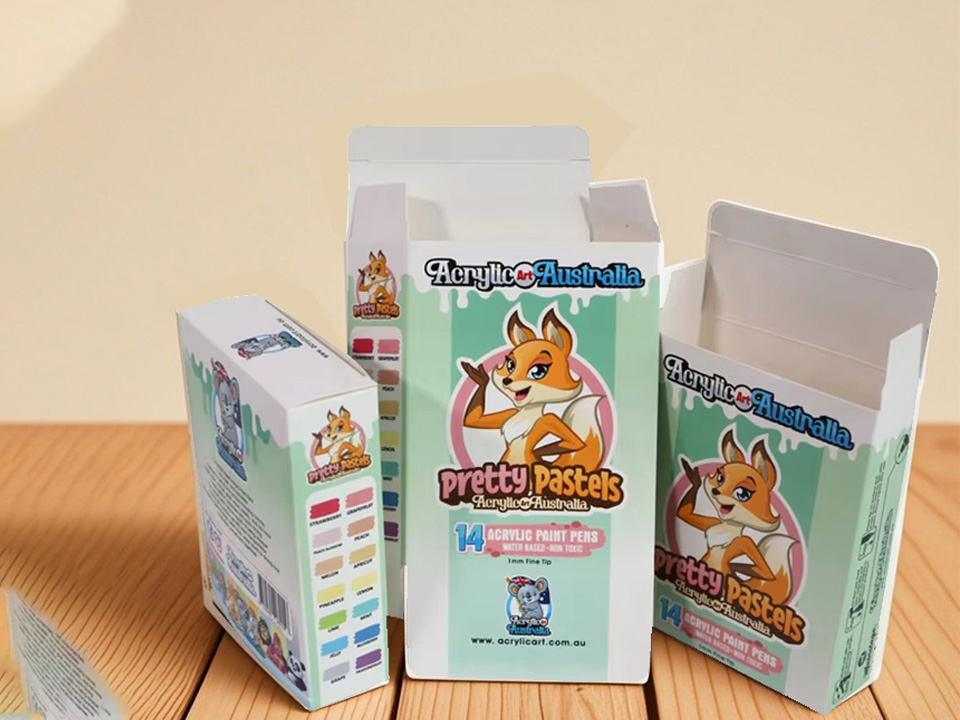
2. Automated production: a dual revolution in speed and quality
Automation accelerates more than throughput; it stabilizes craftsmanship at scale.
High-speed folder-gluers with adaptive setup
Modern folder-gluers memorize recipes—belt speeds, vacuum timing, plow positions, and compression length—so repeat jobs lock into spec quickly. Auto-phasing carriers minimize jam risk on asymmetric designs like crash-bottoms and display-ready trays.
Vision and laser assistance
Cameras verify barcode position, window patch alignment, and final carton geometry while lasers guide fold lines on dark or highly printed substrates. The result is fewer stops and measurable, repeatable quality, even on short runs with frequent changeovers.
Robotic packing and palletizing
Downstream cobots form layers without bruising edges, reducing cosmetic defects that show up as scuffs on matte laminations or soft-touch coatings—critical for premium unboxing.
For production-ready categories and fast setup paths, see folding cartons and efficiency-focused printed corrugated boxes.
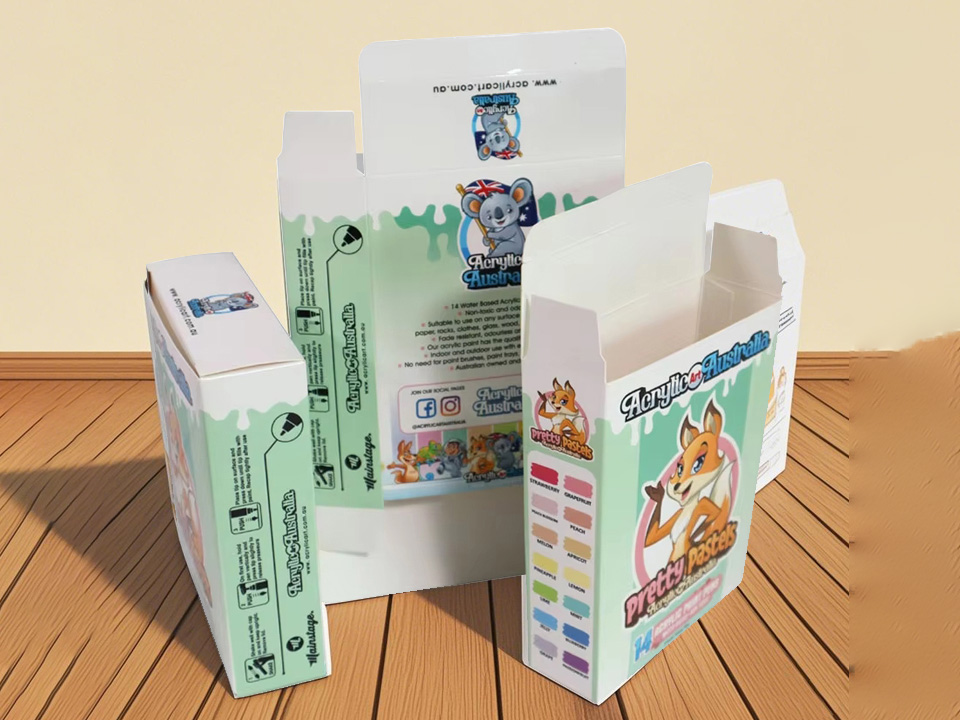
3. Adhesive science: from functional requirements to environmental protection upgrades
The perfect glue line is invisible in the hand yet indispensable in performance.
Matching adhesive to substrate and function
Water-based PVA excels on paper-to-paper side seams, hot-melt handles high-speed tack for auto-bottoms, and PUR earns its keep on film-laminated or coated stocks that resist wetting. Drawer frames, ribboned magnets, and EVA foam inserts often require multi-adhesive stations to unite dissimilar materials cleanly.
Open time, set time, and compression control
Open time defines how forgiving the line is; set time dictates conveyor length and compression pressure. Smart gluing systems meter bead volume to the gram per meter equivalent and verify with pattern detection, preventing squeeze-out that telegraphs through matte films.
Cleaner chemistries and recycling compatibility
Low-VOC emulsions, plasticizer-free hot melts, and repulpable adhesives support recycling streams and reduce odor. As barrier papers and bio-coatings scale, adhesive chemistries are shifting to maintain bond strength without contaminating fiber recovery.
Dive into premium finishing that depends on right-fit bonding with printing services and high-touch formats like candle boxes.
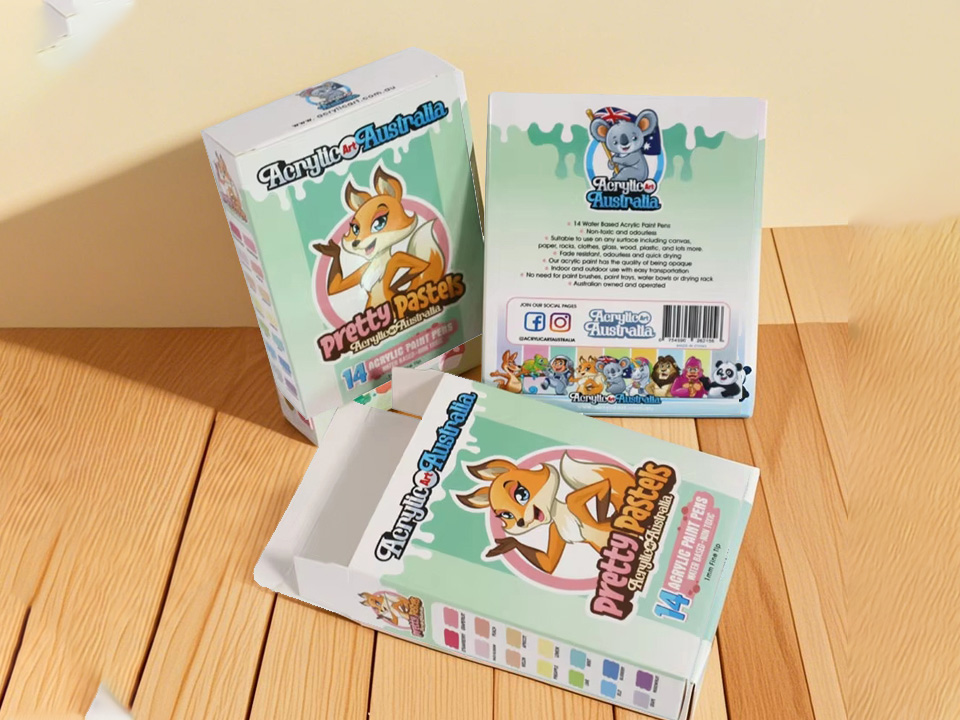
4. Structural innovation: from basic box type to interactive design
Structures are the stagecraft of a brand story; folds and bonds cue the reveal.
Mechanisms that choreograph unboxing
Shoulder-neck lids lift slowly to frame a product. Drawer boxes stage a one-handed glide. Double-door clamshells open with a theatrical symmetry. Each mechanism relies on tuned friction, square frame geometry, and consistent compression so movement feels intentional, never loose.
Weight, protection, and retail compliance
Compression strength and edge crush matter as much as beauty. Inserts—EVA, card, pulp, or thermoform—must lock the product while surviving transit and display life. Tear-away zippers and perforations convert shipping forms into retail displays without tools.
Modular platforms for SKU agility
Families of sizes built on common footprints reduce tooling costs and speed launches. Swapping sleeves, trays, or accessories builds variety on a consistent backbone. This is where collapsible technologies shine for storage and freight efficiency.
See platform-ready options across collapsible gift boxes and retail-forward cardboard displays.
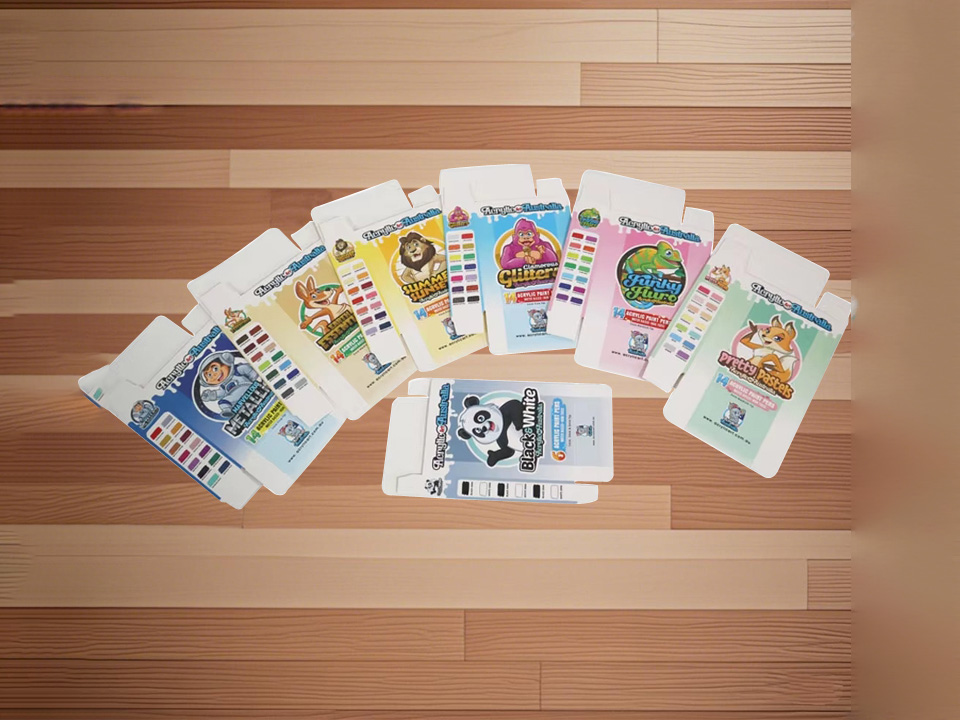
5. Quality assurance: full-link monitoring and user trust
You can feel quality before you see it. Systems that protect that feeling begin far upstream.
Incoming material qualification
Board caliper, stiffness, Cobb values, and surface energy impact fold and glue outcomes. Laminates and specialty papers need adhesion and crack-resistance checks to avoid white-line exposure on tight folds.
In-process controls and SPC
Cameras track seam overlap, magnet placement, and ribbon length; load cells watch compression; SPC charts catch drift before defects scale. For gift sets with multiple components, kitting verification ensures the right insert is matched to the right SKU every time.
End-of-line performance testing
Compression, drop, and rub tests simulate real life. Retail cartons face hang tab tear checks; e-commerce shippers endure vibration and burst. Traceability—job ID to pallet label—closes the loop for continuous improvement and rapid corrective action.
Brands that prize trust often pair premium structures with consistent categories like apparel boxes and protective paper tube packaging.
6. Environmental protection trend: from material innovation to circular economy
Sustainability is becoming the default brief, not a nice-to-have.
Fiber-first materials and minimal plastics
High-strength boards, molded fiber, and mono-material designs improve recyclability while meeting protection targets. Where windows are needed, cellulose films and easy-separate constructions help recovery streams.
Inks, coatings, and adhesives for recycling
Mineral-oil-free inks, de-inkable coatings, and repulpable glue lines support fiber loops. Soft-touch effects can now be achieved with water-based coatings that resist scuffing without frustrating reprocessing.
Designing for end-of-life
Clear labeling, tear-down logic, and reduced mixed-material interfaces make disposal intuitive. Flat-pack collapsibles cut storage emissions; modular inserts extend product life by enabling reuse as organizers or gift carriers.
Explore fiber-forward choices from essentials like paper gift bags to premium presentation with paper gift boxes. For a broader look at the full assortment and custom pathways, start at the homepage or browse products.
Summary
When folding meets bonding with intention, packaging feels inevitable—every line crisp, every seam quiet, every motion deliberate. Precision control keeps geometry honest. Automation turns tribal know-how into repeatable outcomes. Adhesive science ties diverse materials together without calling attention to itself. Structural innovation choreographs the reveal. Quality assurance guards trust from sheet to shelf. Sustainability reframes constraints as design fuel.






